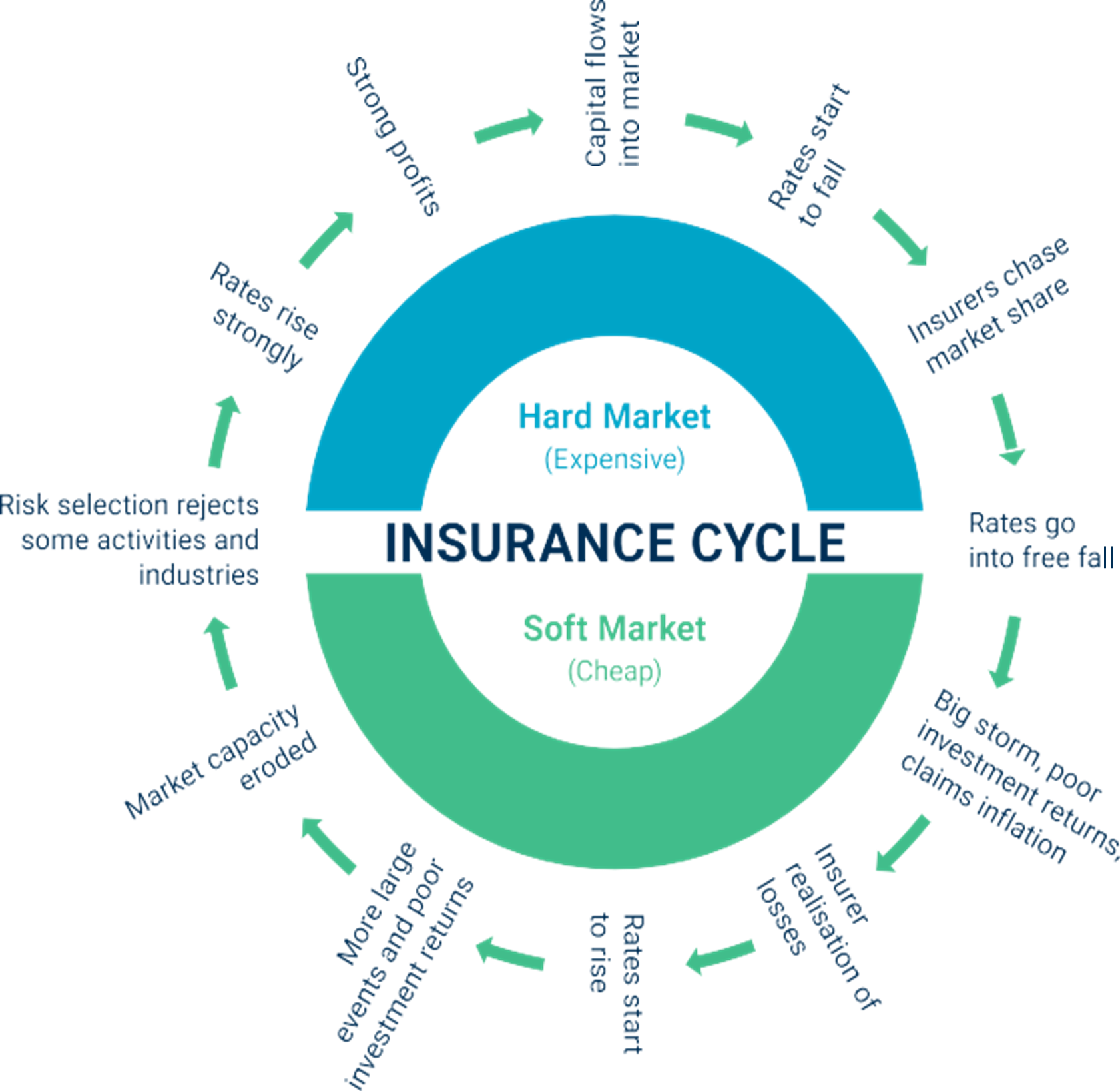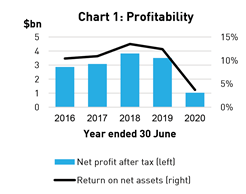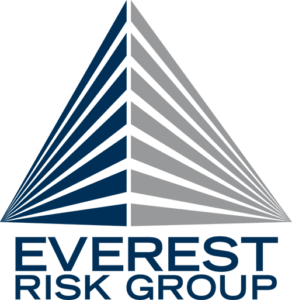
Structural change and cost cycles are part of every industry, and Insurance is no different. The Insurance Clock above is a useful tool to represent where Insurance rates are right now and where they’re likely to be heading in the future.
Most agree the time is currently between 9 and 10 o’clock, which means not great news for you, the Policyholder.
With this hard market cycle, we will see:
- Period of higher premiums
- Getting insurance coverage could become more difficult and harder to negotiate terms
- Insurers reducing capacity to take on some risks or industry groups (e.g. recycling, financial services, directors/officers insurance)
- Higher excesses being requested
- More time required by your to place your insurance, often this will mean additional information is required from you
What has brought the insurance market to its current phase?
The recently released APRA (Australian Prudential Regulation Authority) June 2020 Quarterly Report showed insurance company profitability continuing to decrease, the chart below as at 30 June 2020

The chart highlights declining industry profitability for the 12-month period to 30 June 2020. This was due to the catastrophic bushfire and storm events of late December 2019 / early 2020, and the large falls in investment returns mainly attributable to the impact of CoV19 on investment markets and the continual cycle of low interest rates.
All underwriters are now experiencing shocks to every side of their financial statements, through deteriorating loss ratios on both short and long-tail insurance classes. The declining investment market has also had a significant impact on insurance industry profitability.
After a year of average market increases of around 6% – 8% for Commercial Insurance and 12%+ for large Property assets, the recently released APRA statistics indicate premiums will continue to rise in the vicinity of 9% – 12% for the next twelve months.
Of course, there are other market forces also at play, some of which are outlined below.
Low Interest Rates
A sustained period of low interest rates has had a significant impact on Insurers’ results. Whilst interest rates and investment returns are falling claims reserves need to be ‘topped up’.
Australian Dollar
The AU$ is now hovering around US73cents (September 2020). This has seen the continuation of claims cost inflation being higher than the general rate of inflation across the Australian economy. The impact has been particularly noticeable in repair costs of motor vehicles that rely on imported replacement parts and any building materials or equipment imported as part of a claims settlement.
Insurance Company Net Retentions
In the past decade or so the amount of losses held locally by insurance companies has increased. This means many smaller weather events, for example, aren’t falling into reinsurance treaties – and local companies are picking up the losses to their net account.
Looking to the Future
We therefore recommend preparing early for your renewal; and consider partnering with Everest Risk Group.
In this environment, it’s crucial we work together to maintain policy terms and conditions even though prices are on the increase. After all, as our experience shows us time and time again, price is ultimately forgotten when an insurable loss happens.
General Advice Warning
The information provided is to be regarded as general advice. Whilst we may have collected risk information, your personal objectives, needs or financial situations were not taken into account when preparing this information. We recommend that you consider the suitability of this general advice, in respect of your objectives, financial situation and needs before acting on it. You should obtain and consider the relevant product disclosure statement before making any decision to purchase this financial product.


